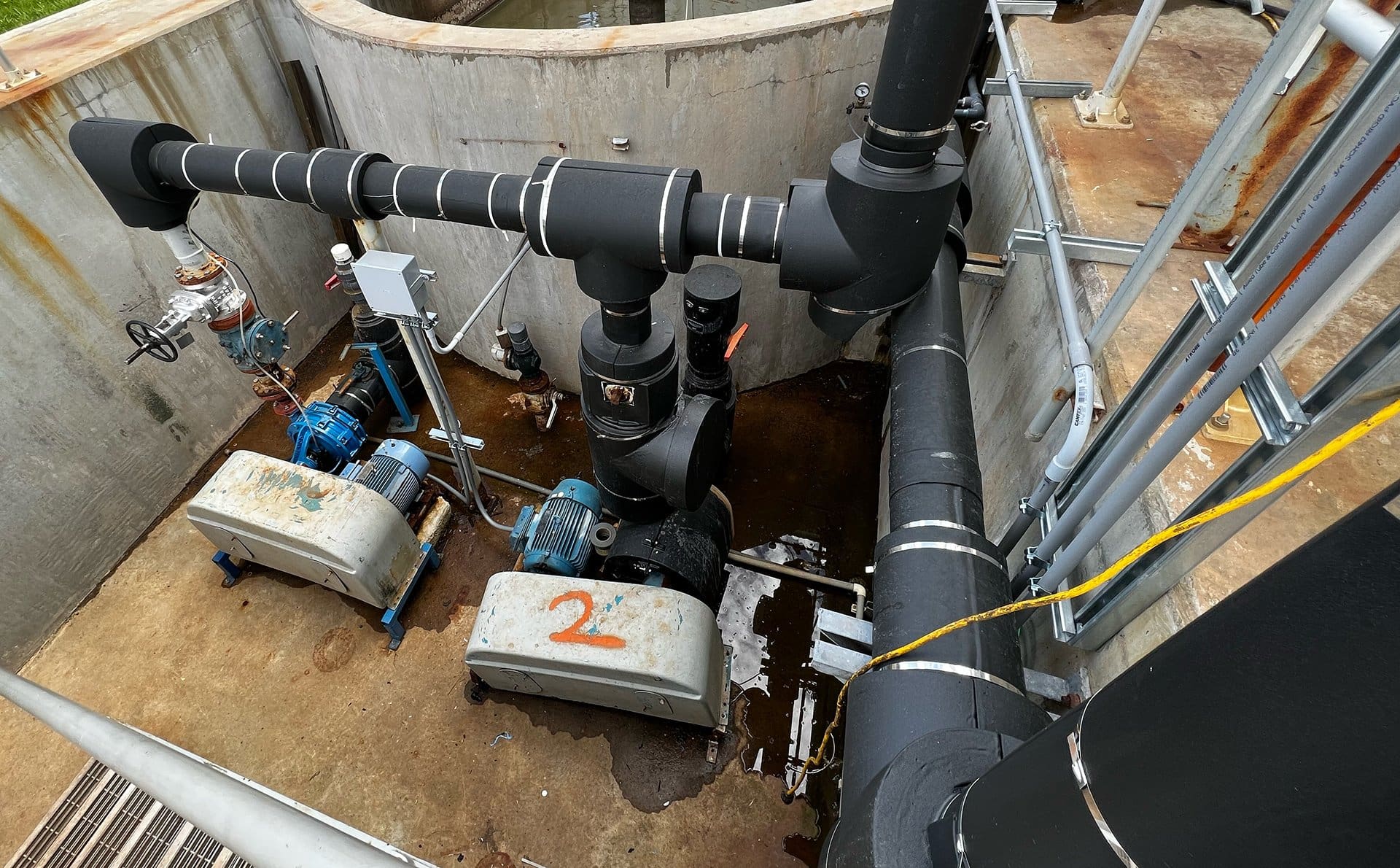Is Insulation Sabotaging Your Heat Tape or Heat Trace System?
Your Heat Tape or Heat Trace System is Only as Good as the Insulation Protecting It!
Heat trace and heat tape systems are a vital part of temperature maintenance operations for industries including oil and gas, chemicals, and food production. When operating as intended, heat trace and heat tape systems help to keep pipeline contents at stable temperatures. They also keep pipes from freezing when exposed to the elements. But they are only as reliable as the insulation that protects them. If the efficacy of that insulation is compromised, the entire system can fail, leading to expensive problems, including frozen pipes, lost productivity, and wasted product.
HOW HEAT TRACE AND HEAT TAPE SYSTEMS WORK
The intention of a heat trace and heat tape systems is to keep pipeline contents from freezing and, in the case of food and chemicals, to keep pipeline contents at temperatures required for safety and stability. Heat trace systems are typically comprised of electricity- or steam-heated cables that run along pipelines and/or tanks. The cables make direct contact with the pipelines and deliver a constant heat output that is calibrated to maintain a desired temperature throughout the pipeline operation. The tracing system’s output is calculated to offset standard heat loss and heat loss caused by external ambient temperatures.
The heat trace system is usually covered by insulation. Insulation protects the system from damage and keeps the heat on the pipes, improving whole-system efficiency. Because of the fire risk associated with heat tracing, the most commonly recommended insulation is fiberglass. When installed correctly, this system works great. When problems arise, however (as they often do), the entire system can be compromised and even rendered useless.

When Fiberglass Insulation Gets Wet, It’s Game Over for the Heat Trace and Heat Tape Systems
Heat trace systems are calibrated to offset heat loss and ambient temperature. This calibration is based on calculations that include the insulation’s protective benefit. The system is set up assuming that the insulation will protect the system from heat loss at a consistent rate over time. Unfortunately, fiberglass insulation is delicate and prone to damage. If (and when) fiberglass insulation gets damaged, or a section is removed and improperly replaced – or not replaced at all – then it doesn’t deliver the same protective benefit, and this throws off the heat trace calibration.
Fiberglass insulation also has zero inherent water resistance capabilities. If it gets wet, the moisture will sink right in and saturate the insulation, rendering it useless. This then throws off the heat trace calibration to such a degree that it completely negates all protective benefits. Finally, the increased thermal conductivity of wet insulation exacerbates heat transfer and makes it worse than if there was no insulation at all.
Thermal Inconsistencies Also Impact Heat Trace Functionality
Heat trace systems are often compromised by thermal inconsistencies at joints, tees, elbows, valves and other complex shapes that require (but aren’t often supported by) precise insulation componentry. These vulnerable points in a pipeline system can be a point where freezing air and/or water gets under the insulation to cause problems.

Dragon Jacket Insulation is Waterproof, Damage-Proof and Class-A Fire-Rated to Support Heat Trace and Heat Tape Systems over the Long Term
If you’re going to invest in heat trace or heat tape, be sure to support its functionality with insulation that will deliver consistent support over the lifespan of the system…and beyond. Dragon Jacket Insulation is designed for harsh operational conditions, and its customizable solutions will deliver a consistent static R-value even when used to insulate the most complex shapes.
Why Choose Dragon Jacket?
Dragon Jacket Insulation is designed to perform in harsh conditions. In fact, no other industrial insulation product on the market today offers the same level of durability, re-usability and thermal stability. Plus, Dragon Jacket Insulation is designed to last decades, and it’s easy to remove, inspect and reinstall. This cuts down on replacement and maintenance costs over time saving you big money over the long term.




